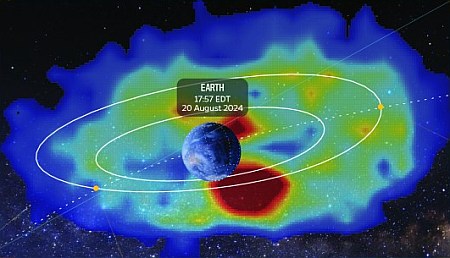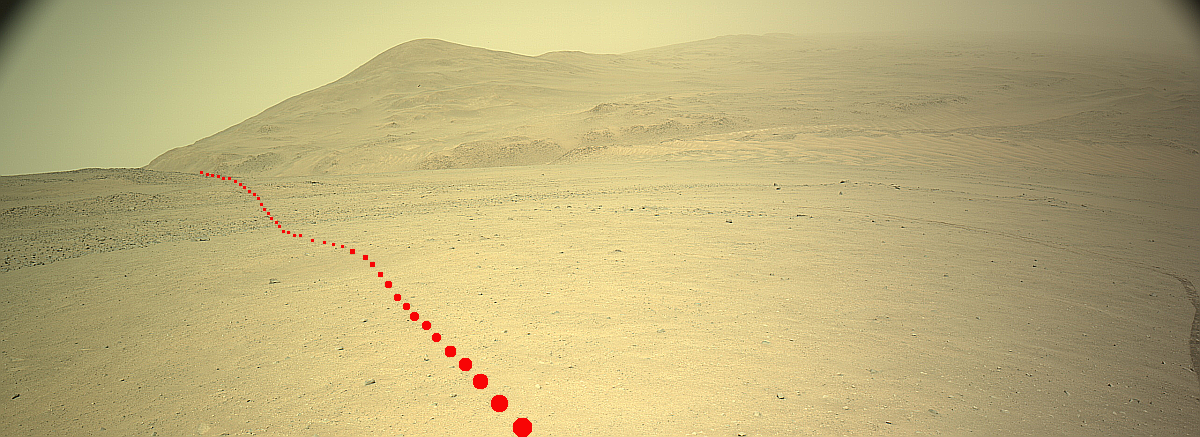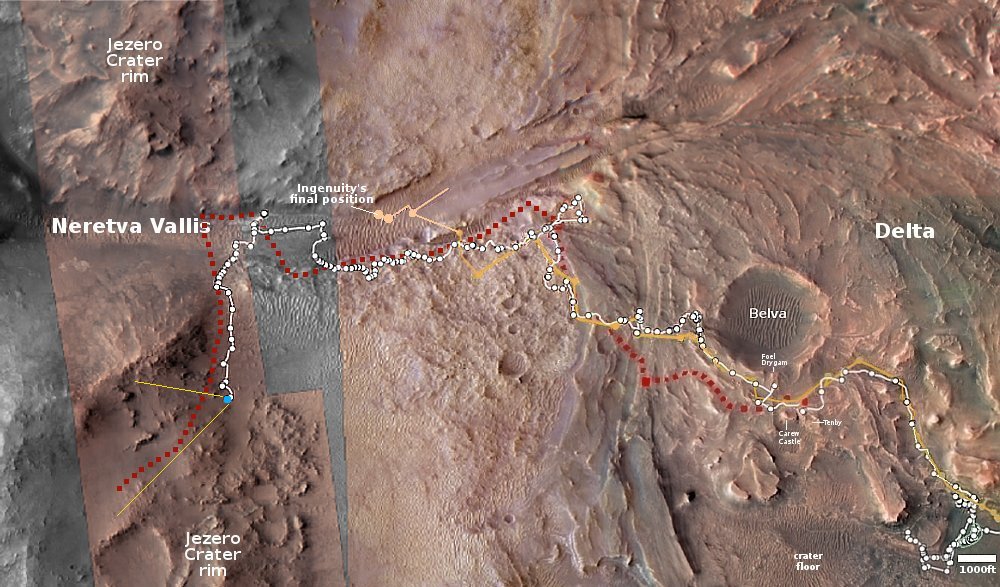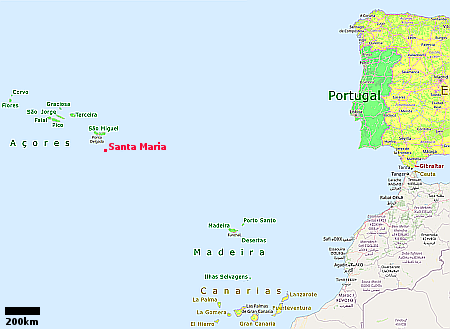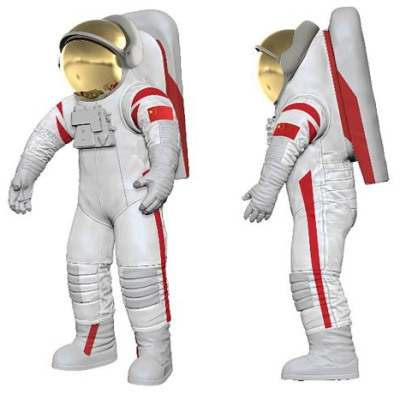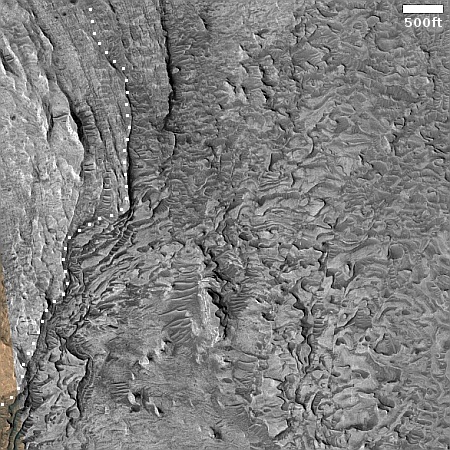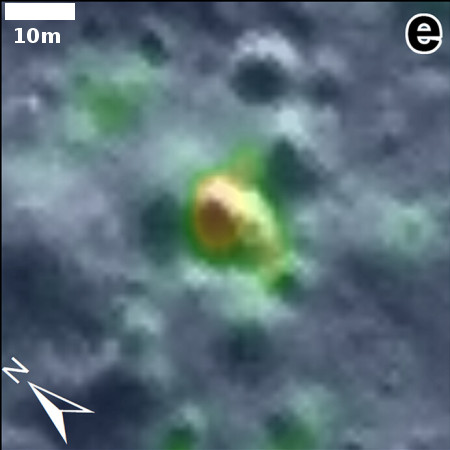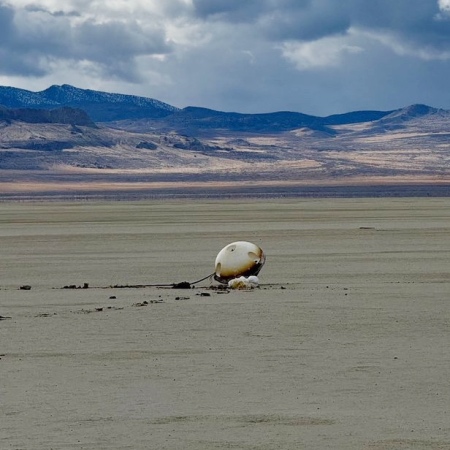ISRO reveals design of its Chandrayaan-4 lunar sample return mission
India’s space agency ISRO yesterday unveiled its design concept for its Chandrayaan-4 lunar sample return mission, requiring two launches and five modules that will dock in Earth orbit before traveling to the Moon.
“After two launches, the stacks will be docked together in elliptical Earth orbit to form an integrated stack. Subsequent to docking, the Integrated Stack will perform the first set of Earth-bound manoeuvres with the PM propulsion system. Once the PM is depleted, it gets jettisoned from the Integrated stack,” Isro said Tuesday.
The integrated stack then performs all the manoeuvres to achieve the lunar orbit, such that the orbit plane has the pre-determined landing site. In the final lunar orbit, the descender module and ascender module get separated from the transfer module and re-entry module. The descender and ascender modules then undergo powered descent to achieve a soft landing on the lunar surface.
Both a robot arm and a drill will then grab samples, deposit them separately in the ascender, which will then launch and redock with the stack. It will then take the re-entry module back toward Earth, where it will be released prior to its return.
This plan is essentially the same as the first proposal last year, but with many more added details.
A landing site has apparently not yet been chosen.
India’s space agency ISRO yesterday unveiled its design concept for its Chandrayaan-4 lunar sample return mission, requiring two launches and five modules that will dock in Earth orbit before traveling to the Moon.
“After two launches, the stacks will be docked together in elliptical Earth orbit to form an integrated stack. Subsequent to docking, the Integrated Stack will perform the first set of Earth-bound manoeuvres with the PM propulsion system. Once the PM is depleted, it gets jettisoned from the Integrated stack,” Isro said Tuesday.
The integrated stack then performs all the manoeuvres to achieve the lunar orbit, such that the orbit plane has the pre-determined landing site. In the final lunar orbit, the descender module and ascender module get separated from the transfer module and re-entry module. The descender and ascender modules then undergo powered descent to achieve a soft landing on the lunar surface.
Both a robot arm and a drill will then grab samples, deposit them separately in the ascender, which will then launch and redock with the stack. It will then take the re-entry module back toward Earth, where it will be released prior to its return.
This plan is essentially the same as the first proposal last year, but with many more added details.
A landing site has apparently not yet been chosen.





